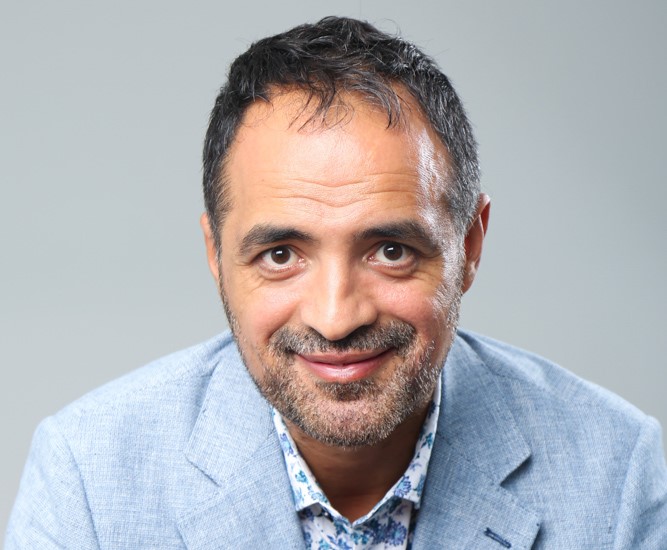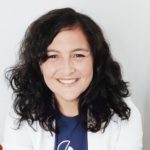This interview is brought to you by Startup Booster. Market your company with rapid, effective promotion across startup and business blogs.
Name: Dr. Sadi Vural
Company: Ayonix Pty ltd
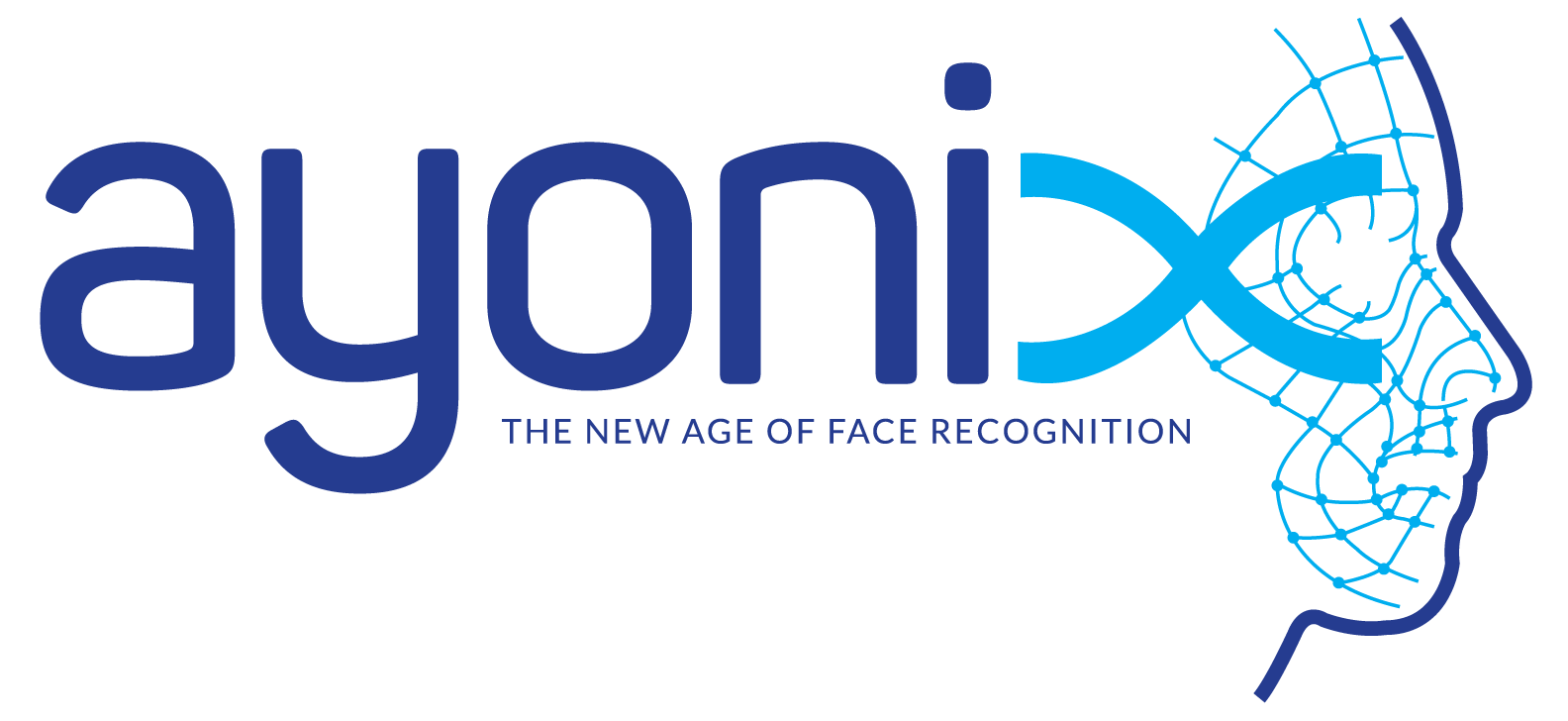
Starting Up
What made you decide to start your own business?
There are two reasons for this: a technical and a business one. As regards the first one, in 2000, I was studying for my master’s degree in Japan. Another researcher was working on an eye tracker. An idea came to me. I thought, “Why not detect the entire face and use it for counting and many other applications?” This was the initial point that triggered me.
In terms of the business reason, Japan is a conservative country. It has good technology, but all Japanese technologies are commercialized by the USA. No Japan-based startup has ever become as famous as Google, Facebook, or Snapchat. I believed I would motivate many more companies.
182 founders interviewed so far. Get interviewed in 10 minutes, via a simple form, for free.
How did you come up with the idea for your startup?
I always wanted to have a global business. While working on facial recognition in my research lab in 2000, I strongly felt this was what I wanted to do. Many governments have security concerns, and I can give them some solutions to their issues. This thought led me to launch my startup.
Solving a Need
Who is your startup most useful for?
Mainly governments, law enforcement agencies, airports, and the military and defense sectors.
What problem does your startup solve, and how would you say it relieves “pain” for your customers?
One problem it addresses is access control, which was an issue The Grand National Assembly of Turkey (TBMM) had. The Turkish parliament building is where ministers, the president of the country, and other MPs meet, take important decisions, conduct discussions, and hold elections. The Turkish parliament has more than 1,000 officials. The majority of meetings are attended by more than 600 people. Entrance security is a sensitive issue. Security guards work hard to allow all people seamless access. However, there is a long line all the time. Time is money. Parliament had considered increasing security and reducing the time for access. They were using RFID cards, but there was fraudulent use of such cards in the past. Hence, they began looking for a way to improve both security and usability.
Facial recognition was the best solution to their problems. We offered them Ayonix facial recognition access control to enable hassle-free access to the TBMM facility. Ayonix facial recognition is used to allow or deny access. The system recognizes members of parliament instantly and triggers the entrance door to open. It does not generate any trigger event with unregistered people.
We sold TBMM the total solution, which includes facial recognition software, camera, server, and access control module. The monitor and client PC were provided locally. The installation, camera mounting, and cabling were done by a local installer, and technical training was provided remotely via video conference. They did not request any integration with their existing system, but our system is flexible enough for any type of integration to work.
We also solve problems for border and customs agencies. Border areas have their own problems and peculiarities. In general, they are less accessible, making the provision of basic facilities more difficult and costly. Such areas are often more vulnerable to illegal infiltration. Moreover, the porous nature of borders enables easy passage for insurgents and criminals, including drug traffickers and terrorists. Thus, agencies have to bear a heavier burden in not only providing basic facilities to the people living in such areas but also in achieving the broader national goal of securing the border. Borders are the busiest points of entry between two countries, serving as major transportation, shipping, and receiving sites. Some areas see a lot of illegal crossings and terrorist attacks. Agencies cannot protect these borders efficiently since the attacks happen suddenly and have unknown perpetrators.
Our AICam facial recognition allows border agencies to monitor people at border points. Our solution is used to allow or deny access. It may be applied in combination with smartphones so that any illegal entry or a person approaching the border can be detected and police officers notified on their smartphones. A positive match in the database triggers the central security system, and alerts are delivered by sound and mobile phone.
Our total solution includes facial recognition software, camera, lens, PC, and controllers. For one customer, we installed the facial recognition application, connected the cameras to it, did the configuration, and ran the system. The cameras are located outdoors. All are speed-dome IP cameras, each of them analyzing a few hundred people simultaneously by comparing several millions of faces in the gallery.
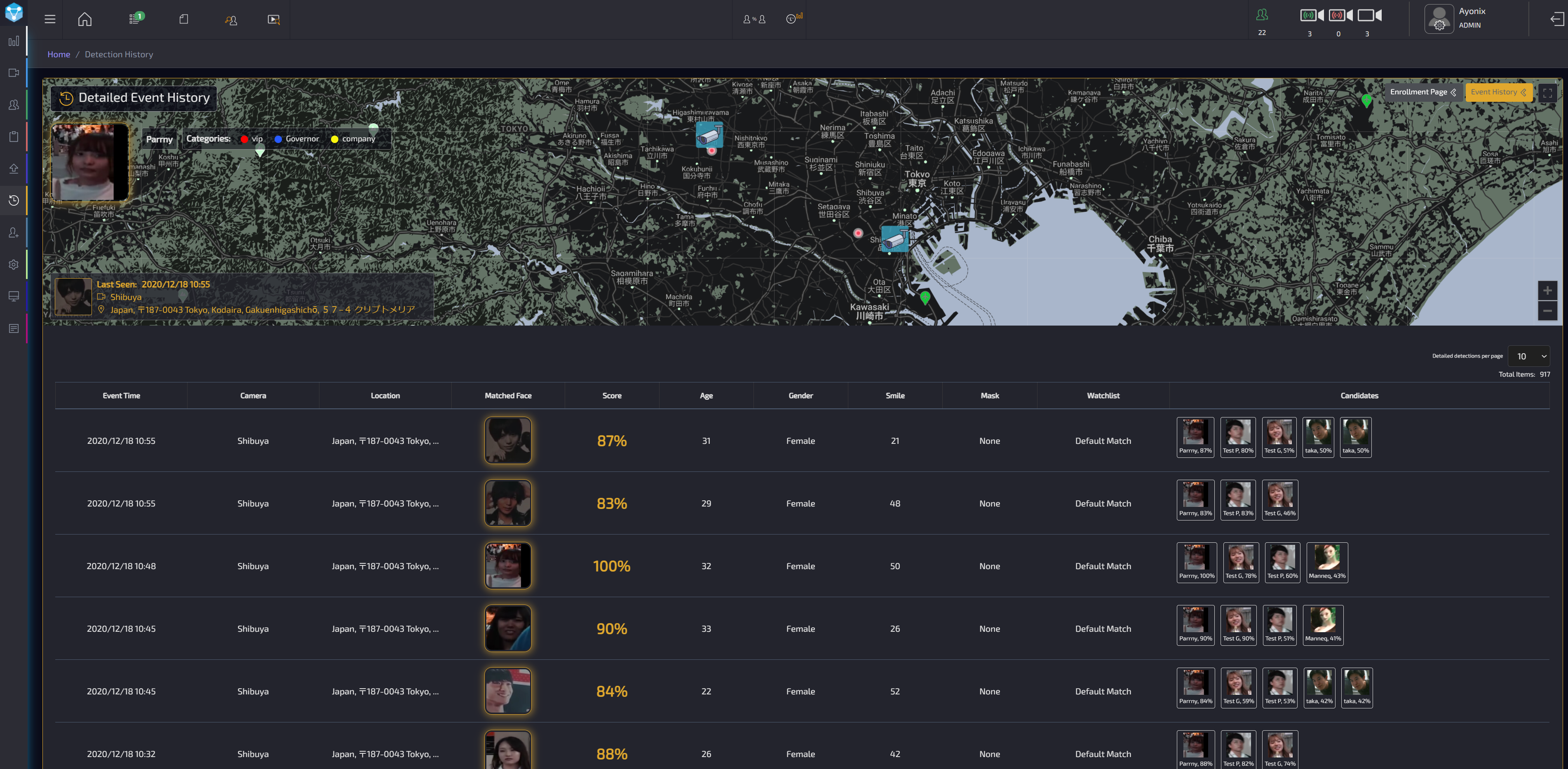
Raising Funds
Have you tried to raise funding? Why or why not?
Yes. We are still looking to fundraise. We have to increase our engineering resources to develop a couple of applications for customers. In addition, we have to assign a few country managers at strategic points on all continents to do sales activities. We cannot afford all of this. Without such investments, Ayonix cannot go from a US$1 million to a US$100 million company.
If you’ve tried and succeeded, how hard was it to raise funding?
Still no success.
If you’ve tried to raise funding but haven’t yet, why do you think that is? How much are you looking for?
When our company was established in 2007, we were going for organic growth. We recently realized that we needed to do fundraising. Now, we are looking for US$8 million. In FY 2000, our revenue was US$1.5 million. Because of the pandemic, it dropped to US$400,000. For an investor, this is not a good amount, so we are having difficulty with fundraising. Another point is that we are all technical guys—we do not have expertise in fundraising. All of this makes us unsuccessful in our fundraising efforts.
Cash Flow and Exits
When is the company expecting to be cash flow-positive?
We target to be cash flow-positive after the second half of 2023.
What does a successful exit look like for your business?
An IPO on Nasdaq or Tokyo Nikkei.
What’s your best financial management or cash flow-related tip for entrepreneurs who are just getting started?
My suggestion for them is to find investors in the early stage, then put together 10-15 people, complete the product, and go to market. Entrepreneurs shouldn’t do everything by themselves. They should have highly skilled people on their management and engineering teams. Newcomers will never help a company grow rapidly.
Marketing
What are some marketing strategies that have worked for you?
It was a country manager strategy. I assigned country managers in Dubai, Colombia, Singapore, Turkey, and the USA. Also, I appeared on TV programs and news to market my technology. It worked for me. In addition to this, I participated in the biggest and most powerful global benchmark tests for facial recognition. This also made my name known to governments.
Was there any strategy that worked well early in the business but isn’t as useful now?
In the past, exhibitions worked for us great, and we had a lot of customers. However, this is not helping us much today. It costs money and time, and cost performance is too low. We shifted from physical to virtual exhibitions, which works a lot better.
What are some marketing strategies that didn’t work for you at all?
Direct emailing, phone calls to customers, and blog-based communication never worked for us, and neither did visiting customers and talking with them. Also, doing demos in customer environments during meetings was not efficient at all.
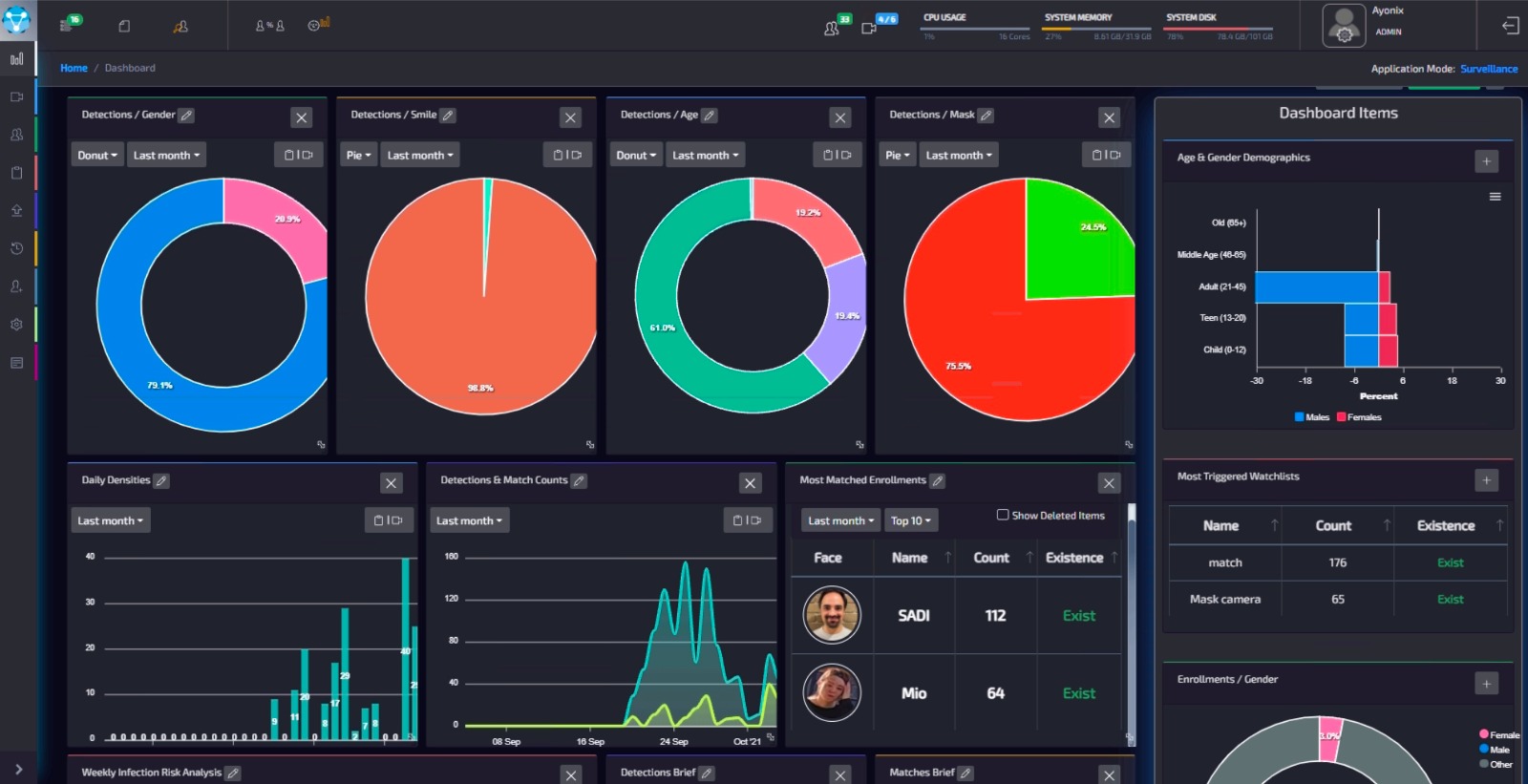
Competitors
Who do you believe to be your biggest competitors? How do you differ from them?
Japan’s NEC Corporation. We are 70 times faster and 10 times cheaper than NEC’s total system costs. We run on edge devices, while NEC goes for cloud processing. Cloud processing is costly, and customers have privacy concerns. Our edge devices eliminate these concerns, unlike NEC’s cloud solution.
Hiring and Employment
How exactly does the company develop talent?
We get second- or third-year undergraduate students and train them, and when they finish their studies, we employ them.
In addition to this, we employ young, inexperienced engineers. We assign them under the supervision of expert senior engineers. We teach them for three years without expecting any output. Then, when their talent reaches a certain level, we put them into actual production and development. We also send them to various countries to learn disciplinary, multi-national developments.
What criteria do you consider when hiring employees?
Programming language and speaking language ability, motivation, and enthusiasm for our facial recognition software.
Navigating Problems
What was the toughest problem you didn’t expect when you started? What did you learn from it?
It was certainly real-world conditions. When we started developing the engine, our environment was limited. When it came to real situations, we understood that the problems were endless. Light, especially at night, was the toughest issue.
Another problem was occlusion. This transpired recently, after COVID 19 and face masks. We had not expected it before, but now it is the toughest point in our engine. We learned that facial recognition is very difficult. Every passing day we have to work even harder.
What’s the biggest mistake you’ve made in your business, and what did you learn from it?
It was the hope we had because of some customer promises. The customers asked for some features, and we completed their requests perfectly, but their commitments proved false. I learned that we should get the money and never believe. Do your work perfectly but never trust a customer’s promises.
The second thing is human resources. I tried to employ people at low salaries. I tried to do cost-down in my small company. These were wrong moves. Highly skilled engineers and managers are important. Pay them a lot of money. An expert finance man, executive director, CTO, senior developers, senior R&D engineers, and professional corporate secretary—these are the most critical people for my business to go bigger. In the beginning, I didn’t have this mindset.
The Future
What does the company’s trajectory look like over the next five years?
We are now going into bodycam-based facial recognition, drones, and military thermal rifle scopes. These will emerge as products in the next five years. There is currently no significant player in the market for these mobile devices. We will be number one in this domain.
What are the biggest challenges your industry will face in the next five years?
The biggest challenge will be dealing with the privacy policies of each country. We had a solution, but the law in each region/country keeps changing.
General
How do you define success for a startup?
Money! More than US$10 million in five years is success for a startup. This must come from sales, not grants or investors.
What metrics do you consider the most important when monitoring the health of your startup?
The structural and operational activities of the company. There are several tools for maintaining them. Keeping your eyes on them is very important. For example, we use a support ticket tool to monitor support and customer relations. For accounting and investments, we use another online utility. We monitor sales through an online cloud service. By keeping a close watch on all of these, we have full control of the company daily.
Tools
What pieces of technology does your startup swear by?
3D and AI-based learning technology.
What productivity tools do you use?
Xero for accounting, Zendesk for customer relations, Gdrive for document sharing, and Notion for engineering project reporting.
Advice
What’s the single best piece of business advice that has helped shape who you are as an entrepreneur today, and why?
Communicate! I’ve always liked to talk to many people from various backgrounds. We don’t know where the opportunity will come from. Keep communicating with people, go out for a drink, join business meetings, go and learn something new, like another language, a musical instrument, dancing, or surfing. Then you will change, and this change will attract many business owners to you.
What’s ONE thing you recommend ALL aspiring or current entrepreneurs do right now to take their business to the next level?
Find investors and the best people for development, support, sales, marketing, and general operations. Never do these by yourself. Focus on company vision. Visit different countries and establish sales channels worldwide. Show your face on TV programs and post news on social media and in local newspapers every fortnight.
What’s one thing all entrepreneurs should avoid?
Neglecting their wellbeing. Go to the gym and run four times a week. This will free you from stress, keep you healthy, and make you efficient in your work.
Want to be interviewed just like this? Fill out this simple form.

